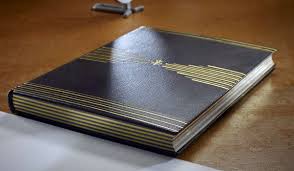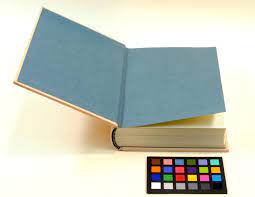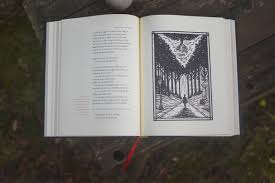
Leather bookbinding stands as one of the oldest and most prestigious methods of protecting and enhancing books. For centuries, artisans have skillfully worked with leather to create durable, beautiful covers that preserve manuscripts and printed volumes alike. This article dives into the various leather bookbinding techniques, exploring how binders transform raw hides into elegant book covers and the craftsmanship involved in each step.

Selecting and Preparing the Leather
The foundation of any leather-bound book lies in the quality of the leather itself. Bookbinders traditionally select hides from animals such as goats, cows, or calves, each offering different textures and durability. Calfskin, known as “calf,” is prized for its smoothness and fine grain, while goatskin or “morocco” leather is valued for its flexibility and strength.
Before use, binders prepare the leather by soaking, stretching, and tanning it to ensure longevity and resistance to decay. Vegetable tanning remains a favored traditional method, using natural tannins from tree bark to stabilize the hide without harmful chemicals. Once tanned, the leather is dried and flattened to ready it for cutting and shaping.
Cutting and Shaping the Leather Cover
After preparation, binders carefully measure and cut the leather to fit the book’s dimensions, allowing extra material to wrap around the edges. Precision is vital here, as the leather must fit snugly without excess bulk or gaps.
The binder then shapes the leather, softening it with moisture to make it pliable. This flexibility allows the leather to wrap smoothly around the book’s boards, conforming to corners and edges without cracking or creasing.
Attaching Leather to the Book Boards
Bookbinders traditionally use wooden boards as the stiff backing for leather covers. The leather is adhered to these boards with animal-based adhesives, such as hide glue or paste made from flour and water.
To achieve a clean, professional finish, binders stretch the leather tightly over the boards, smoothing out wrinkles or air pockets. The excess leather on the edges is folded neatly over and glued to the inside of the boards, often reinforced by a layer of decorative endpapers.
Decorating Leather Bindings
One of the most distinctive aspects of leather bookbinding is the decoration process. Binders use several artistic techniques to adorn the covers, adding both beauty and value.
-
Tooling: Using heated metal tools, binders impress designs, borders, or lettering directly into the leather surface. Gold leaf is often applied afterward, creating dazzling gilt decorations that catch the light.
-
Embossing and Debossing: These methods raise or recess patterns on the leather, producing textured effects. Embossing presses the leather upward, while debossing creates indentations.
-
Inlays and Onlays: Binders incorporate different colored leathers or materials in intricate patterns by cutting shapes (inlays) or applying additional leather pieces on top (onlays). This technique adds complexity and visual interest.
-
Hand Painting: Occasionally, artists paint directly onto leather covers to add color or scenes, often seen in luxury or custom bindings.
Sewing and Reinforcing the Spine
Leather bindings require strong, flexible spines to allow books to open comfortably.
The binder carefully shapes the spine to create raised bands — these are not just decorative but also provide additional strength. The final leather cover wraps over this reinforced spine, ensuring durability.
Caring for Leather Bound Books
To maintain their beauty and longevity, leather-bound books require proper care. Bookbinders and conservators recommend storing these books in stable environments, avoiding excessive humidity or dryness that can crack or warp leather.
Occasional cleaning with specialized leather conditioners helps preserve suppleness, and careful handling prevents damage to the delicate tooling or gilding.
Conclusion
Leather bookbinding techniques blend artistry, craftsmanship, and functionality. From selecting and preparing hides to tooling intricate designs, binders transform raw leather into stunning covers that protect and enhance books. This centuries-old tradition continues to fascinate collectors and artisans, preserving a tactile connection to the history of the written word.





